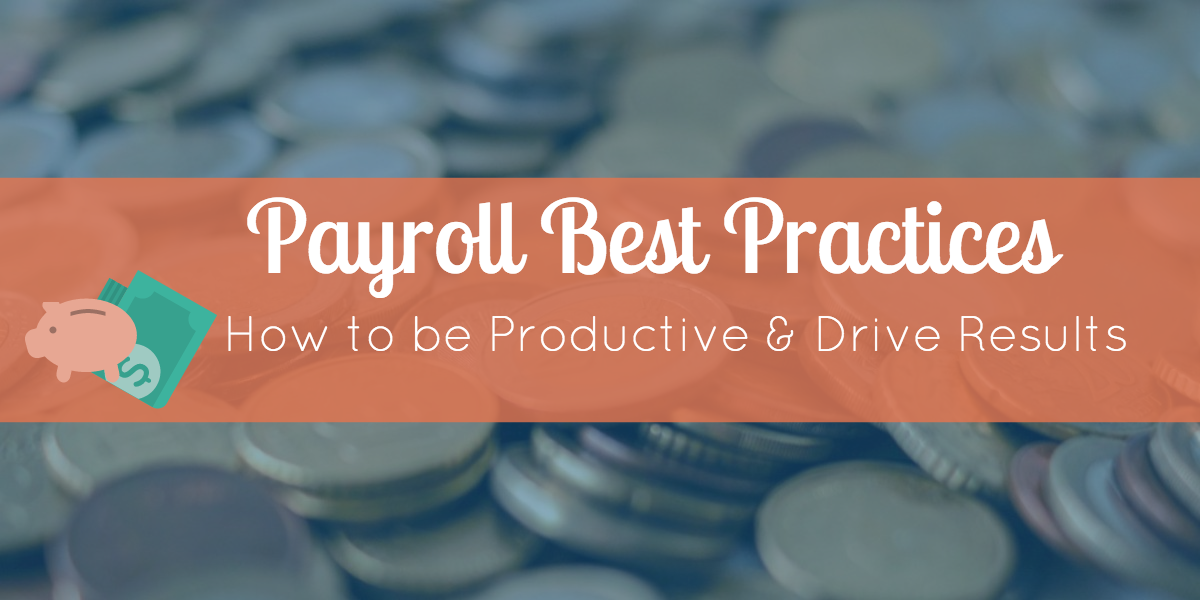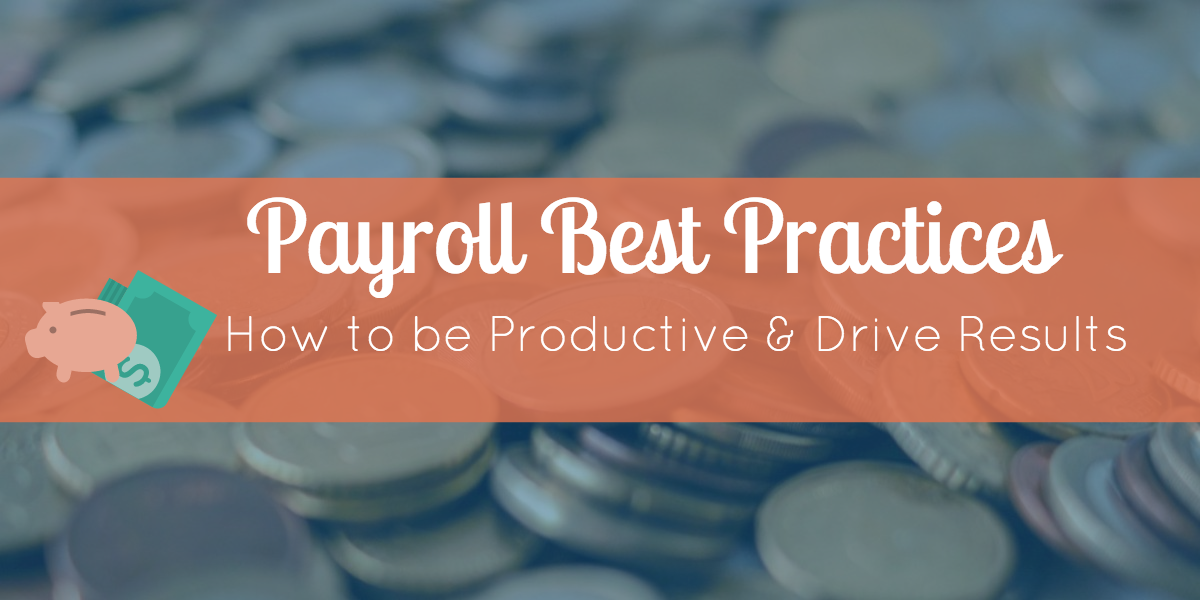
Payroll duties require careful strategy, teamwork, and execution. You have to deal with numbers and budgets and timesheets and government forms—this isn’t anything you want to screw up. As exciting as pay day is, it takes a lot of work to get there. As a payroll manager or accountant, you make it happen.
Take a look at some payroll best practices, especially if you’re just starting out your career in HR and payroll. What can you start implementing in your office?
Payroll Best Practices
Maintain a policies and procedures manual for your team and the company.
Invest some time in drawing up a payroll manual if you don’t already have one for your company. This will be worth the time you save answering a million questions about pay periods and W-2s and PTO policy. Encourage your employees to turn to the manual first before coming to you with a question.
Distribute the manual electronically or have it easily accessible in an internal wiki. Always notify employees of any major updates or changes to the manual.
Know important dates and deadlines for the year ahead.
Don’t let a tax deadline slip by or a quarterly task go undone. Keep a calendar of important dates and deadlines for each year to keep track of upcoming deadlines. This will also get your staff on the same page.
Furnish and file forms on time.
Now that you’ve gotten a calendar set up for all those tax deadlines, make sure you execute on them (W-2s, 1099s, 1095-Cs to name a few). Keep in mind the IRS extended ACA reporting deadlines for this year only. Next year, these deadlines return to their original dates and extensions. The penalties for late filing are not anything you want to mess with. Stay on top of deadlines for furnishing forms to your employees as well as filing with the IRS.
Classify employees the right way.
To furnish and file the right tax forms, you need to know the type of of employees you have. Full-time employee or independent contractor? Exempt or nonexempt? Be sure you’re classifying your employees correctly—a lot of companies are getting it wrong. In fact, one in three companies fail a worker classification audit.
The consequences of misclassifying employees not only include penalties from the IRS. It can lead to miscalculation of state wages and ACA hours reporting. That, in turn, can lead to more financial penalties from the IRS. Save you and your company time and money when you classify employees the right way.
Keep a record of everything.
You need to keep records for all employees. Utilize a workforce management system to keep everything together for each employee from hire to retire.
Know and understand your payroll system.
If you think you know the system, quiz yourself by creating a payroll flowchart. Can you explain the process? Can you identify the controls in place and how you benefit from them? Do you know what happens, step-by-step from timesheets to direct deposits to tax forms? Is this a manual system or automated?
Evaluate your payroll system (and go automated).
If you’ve completed the previous task, you now know your system (or know that you don’t actually know your system as well as you thought). The next step is to test that system. Is it producing results? How is it minimizing errors? Is it the most efficient process? Identify what’s working and what’s not so you can see where you can improve and which systems will be the best to do that.
To learn more about evaluating your HR and payroll systems, download a free guide. Automated systems can help save you time while reducing the risk of error.
Develop a payroll approval process and stick with it.
Know your budget, pay periods, and schedules and inform managers within your office of these. Develop a process for approval of hours worked to help you stay in control of your budget. If your office allows managers to approve hours worked, it’s good practice to conduct audits during the pay period. Review anything a manager may have overlooked that could result in overtimes hours exceeding the payroll budget.
Collect real-time data for time and attendance records.
When you collect real-time data, you can always know how your time stands against your budget. If you’re trying to improve productivity (and who isn’t?), this insight will help you reach those goals. Real-time data let's you know what's coming. Receive alerts when employees are reaching overtime or benefits eligibility. And never have end-of-the-month surprises.
Simplify where you can.
How many paper checks are you still cutting every pay period when you could be utilizing direct deposit? Encourage eligible staff to sign up to receive paycheck via direct deposit. This saves you and your employees time (and saves the trees too!). You may also need to change your pay period. A bi-weekly pay period is typically most favored because of its consistency. You will always know how many day are in each period. And if I haven’t said it already, go automated. Streamline your payroll process and reduce the risk of errors by ditching manual processes.
Process payroll wherever you are.
Use a cloud-based payroll system that integrates with mobile devices and hardware to track time anywhere you need it. All while maintaining control of a streamlined payroll process.
There’s payroll, then there’s productive payroll that delivers results. Which one is yours? Ready to save time and money on HR systems? Let this guide help you make the switch to an integrated workforce management system.
Originally published Feb 3, 2015, updated Sept 4, 2020


